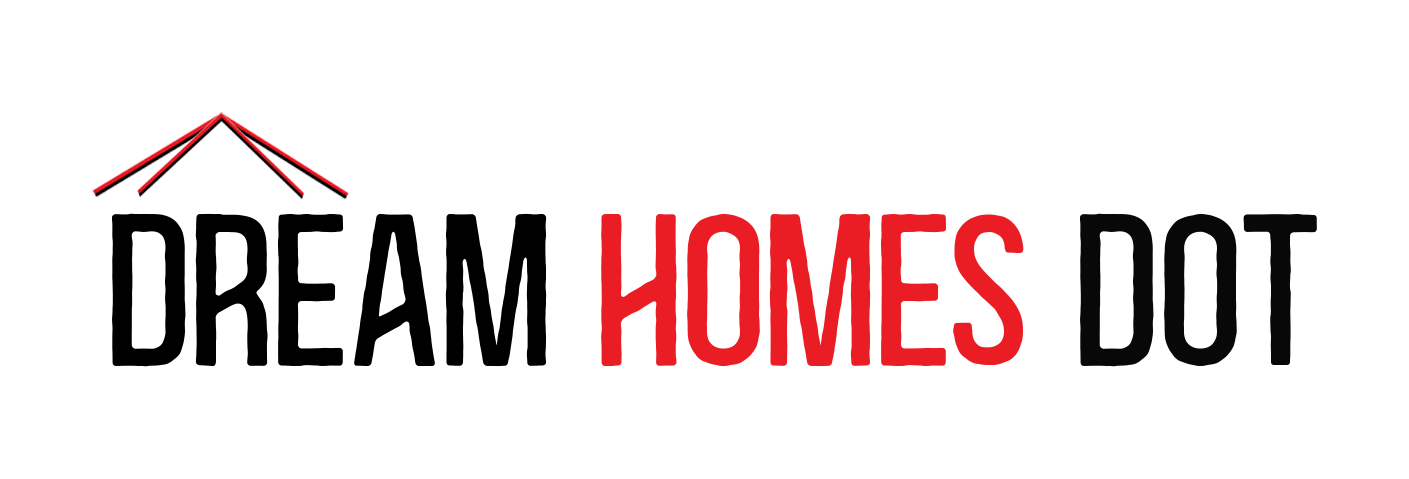In recent years, the idea of working from home has become increasingly popular. As more individuals choose to work remotely or start their own businesses, the need for a functional and aesthetically pleasing home office has also grown. Home office design trends have evolved to accommodate the changing needs and preferences of modern professionals. In this article, we will explore some of the latest trends in home office design.
1. Minimalist and Functional
One of the prominent trends in home office design is the minimalist and functional approach. Many people prefer a clean and clutter-free workspace that promotes focus and productivity. This design style emphasizes simplicity, with clean lines, neutral colors, and minimal decoration. Functional furniture and storage solutions are also essential in creating an efficient and organized work environment.
2. Biophilic Design

Biophilic design is a concept that incorporates elements of nature into the workspace. This trend aims to create a connection with the natural world, which can improve well-being and productivity. Adding plants, natural materials, and large windows that allow ample natural light are common elements of biophilic design in home offices. These elements not only enhance the visual appeal but also help to create a healthier and more peaceful working environment.
3. Flexible and Multi-functional Spaces
As the line between work and personal life becomes more blurred, home office design trends are moving towards flexible and multi-functional spaces. Many people prefer a home office that can easily transform into a guest room, a workout area, or a creative space when not in use. This trend emphasizes the importance of adaptable furniture, such as foldable desks and storage units, to make the most of limited space.
4. Ergonomic and Health-conscious Design
With the increased awareness of the importance of health and well-being, ergonomic and health-conscious design trends have gained popularity in home offices. Ergonomic furniture, such as adjustable desks and chairs, help to maintain proper posture and reduce the risk of musculoskeletal disorders. Incorporating standing desks, ergonomic keyboards, and mousepads can also contribute to a healthier work environment.
5. Technology Integration
In today’s digital age, technology integration is an essential aspect of home office design. The advancement of smart devices and wireless technology has made it easier to create a seamlessly connected workspace. Incorporating features such as wireless charging stations, integrated cable management, and adequate power outlets helps to keep the workspace organized and facilitates efficient use of technology.
6. Personalization and Inspiration

Personalization and inspiration are crucial in creating a home office that reflects one’s personality and motivates productivity. Many individuals choose to decorate their workspace with artwork, motivational quotes, or personal mementos. Adding a vision board or a corkboard for ideas and inspiration can also be beneficial. Customizing the space according to individual preferences helps to create a positive and inspiring work environment.
Home office design trends have evolved to cater to the changing needs and preferences of modern professionals. Whether it’s a minimalist and functional approach or incorporating elements of nature, the focus is on creating a workspace that promotes productivity, well-being, and personalization. By incorporating these trends into your home office, you can create a space that is not only functional but also visually appealing and conducive to your work.








